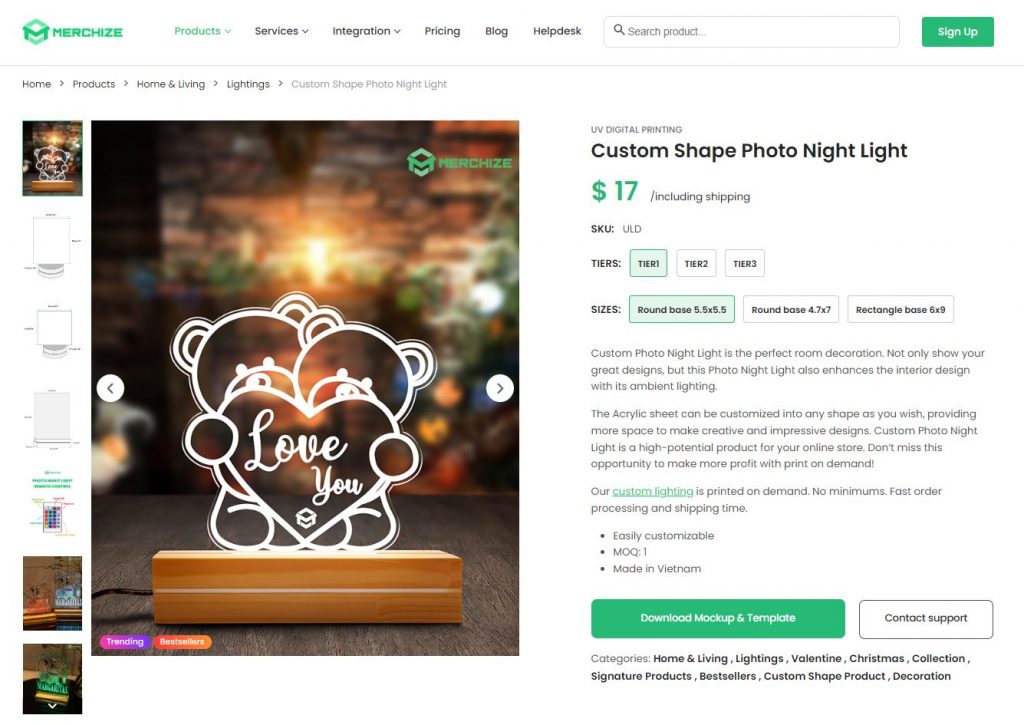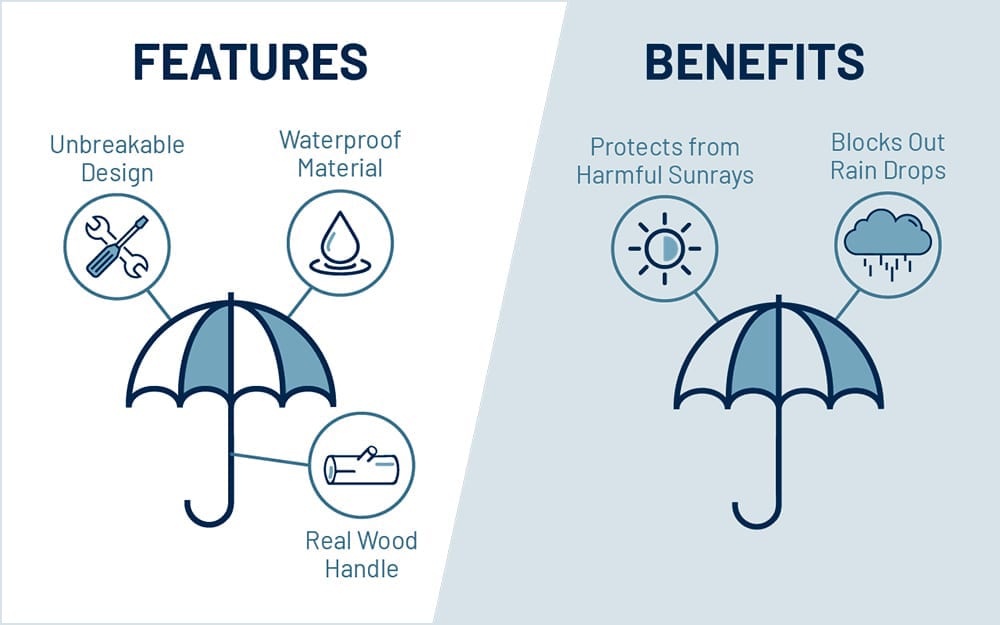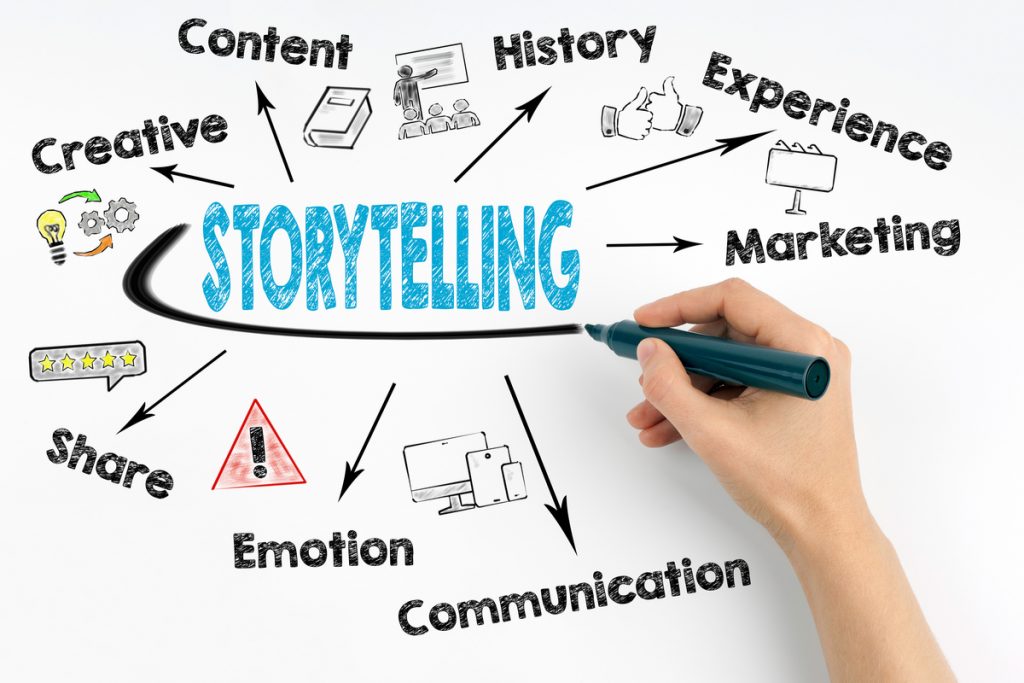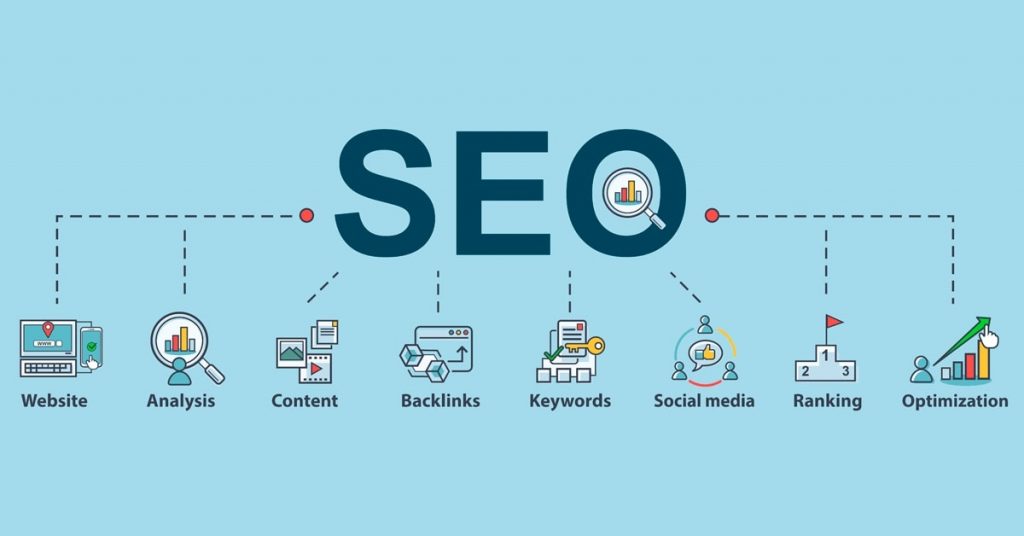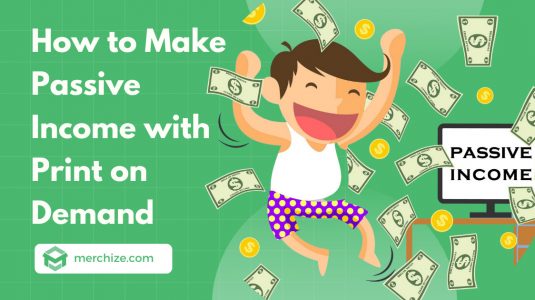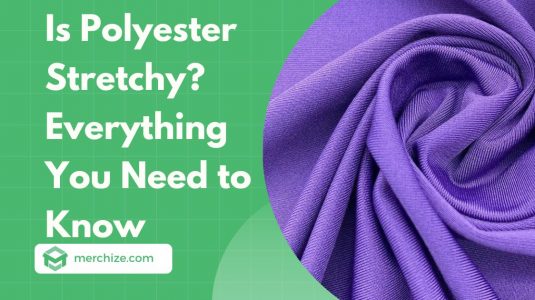Contents
Crafting compelling product descriptions is a crucial skill for any e-commerce business looking to drive sales and conversions online. For merchants looking to improve their product copywriting, understanding how to write a product description that sells is key. This comprehensive guide will walk through the process of how to write a product description, from keyword optimization to formatting recommendations. You’ll learn research-backed best practices for writing descriptions that capture attention and convince visitors to buy. Whether you’re struggling to write description copy that converts or simply want to improve your existing product content, this tutorial on how to write a product description will provide actionable tips and examples to put to work right away.
Understanding the Basics of Product Descriptions
Product descriptions are brief, detailed, and convincing pieces of writing that give prospective customers key details about a product. They are typically found on e-commerce websites, catalogs, and other marketing materials. A product description should clearly and persuasively communicate the characteristics, advantages, and special selling factors of a product in order to persuade customers to buy it.
When writing descriptions, I always keep these elements in mind:
- A catchy headline: Come up with something unique and intriguing that makes shoppers take notice. Clever wordplay and emotional hooks reel readers in.
- Key features: Highlight the most impressive and distinguishing aspects of your item. Focus on what makes your product stand out from the endless sea of competition.
- Concrete benefits: Don’t just state specs – explain how those features satisfy needs and solve problems. Connect the dots for your customer.
- Tech specs: Do still include the nuts and bolts details – size, materials, power source. Customers want the full low-down.
- Pictures and video: Seriously, huge game-changer. Let shoppers see your wares from all angles. Images speak louder than words.
- Pricing/discounts: Be clear about costs, sales or limited-time specials. This can incentivize buyers to act fast.
- Social proof: Sprinkle in testimonials, ratings or reviews that lend credibility and reassure hesitant shoppers.
- Call-to-Action: Give a strong close by urging visitors to make a purchase with a click. Don’t be afraid to directly suggest the behavior you want.
When I put time into thoughtful descriptions, I almost always get a sales uptick. Information-rich copy paired with benefit-focused persuasion does the trick. Treat your descriptions like mini sales pitches. And always put yourself in the customer’s position – would your words compel you? Descriptions have power – wield yours wisely!
How to write product descriptions that sell?
Writing product descriptions that sell involves a combination of persuasive language, compelling storytelling, and highlighting the product’s unique features and benefits. Here’s a step-by-step guide on how to write a product description.
Step 1: Know Your Target Audience
The foundation of persuasive product descriptions starts with intimately knowing your ideal target customer. Who is most inclined to buy what you’re selling? Before crafting clever copy, get crystal clear on the demographics and psychographics of those most likely to purchase.
Key variables to consider about your audience include:
- Age, gender, location, income level
- Values, interests, priorities and pain points
- Preferred communication styles and channels
Truly put yourself in the mindset of your ideal shopper. What messaging would compel them? What assurances might they need? By aligning your copy directly with the wants, needs and preferences of the specific consumer you’re after, you lend instant relevance.
For example, my natural skincare brand targets women 25-45 concerned with using gentle, sustainable ingredients. When describing my products, I spotlight how each formula nurtures sensitive skin with plant oils. By calling out soothing and safety, I speak right to the values of my target users.
Get to know your customers intimately through surveys, analytics, social engagement and conversations. The sharper your insight, the better you can tailor copy to what makes them tick. Write not for the masses, but for that singular shopper whose day your product makes brighter. Speak like a trusted friend to those most ready to buy what you have to offer.
Step 2: Focus on Benefits
While features list what your product offers, benefits reveal what those functions actually do for the customer. Benefits powerfully convey how your item solves problems and meaningfully improves your target shopper’s life. By spotlighting the positive impacts, you tap directly into buyer motivations.
Approach writing benefits-focused copy by putting yourself in their shoes. Ask sincere questions like:
- What frustrations or pain points might my product alleviate for users?
- How could this item make completing tasks easier or enhance their daily routine?
- What outcomes might genuinely delight them?
Then, succinctly spell out the answers in your descriptions. For example, a coffee maker isn’t just stainless steel parts – it’s the joy of sipping quality espresso without leaving your kitchen. The product itself hasn’t changed, but suddenly its value is crystal clear.
Benefit-based copy provides a compelling reason to choose your offering over competitors. While rival products may share features, the exact advantages will differ. By spotlighting the unique value you provide, tailored distinctly to buyer needs, you wield powerful persuasion.
Some examples of hard-hitting benefit-focused product descriptions:
- “Host dinner parties without stress – this oven takes the guesswork out of getting perfect results every time.”
- “Skip traffic and crowded gyms – these adjustable dumbbells let you sculpt sleek muscle in your own home.”
- “Savor producer-fresh flavor – our cold-press juicer extracts an abundance of vitamins without damaging heat or oxidation.”
The next time you write a product description, dig deeper than surface-level specs. Put the true perks for customers front and center!
Step 3: Use Persuasive Language
The most effective product descriptions go beyond plainly stating facts – they convince and convert. Skillful use of strategic language transforms neutral product details into compelling sales copy.
When writing copy, incorporate rhetorical techniques that ethically sway and inspire. For example:
- Power words: Pepper in emotionally-charged language like “magnificent,” “revolutionary,” or “unparalleled” to spotlight desirability.
- Urgency: Convey limited availability or discounts to prompt immediate purchase. For example, “Only 5 left!” or “48-hour flash sale!”
- Social proof: Weave in testimonials and strong reviews to reduce buyer uncertainty. Quotes like “My go-to for effortless meals!” build trust.
- Value focus: Emphasize product benefits over features so shoppers clearly grasp the positive impact on their life.
By artfully employing persuasive language, you lead shoppers to conclude for themselves why your offering outshines any alternative. This builds an authentic, resonant case for choosing your product.
Additionally, strong calls-to-action provide a next step that advances the sale. Clear direction such as “Add to cart now” or “Learn more” facilitates action.
With so much choice online, using convincing language gives shoppers compelling incentives to purchase your wares over competitors. Lean into time-tested techniques for influence while letting integrity and value shine through. This ethically drives conversions and business growth!
Step 4: Tell a Story
Rather than simply stating specs, transform your product into the hero of a story that resonates with your target audience. Narrative storytelling makes copy relatable, memorable and emotionally compelling.
When building your storyline, incorporate key elements:
- The Problem: Set the scene by identifying customers’ frustrations. Show you intimately understand their pain points so your solution offers welcome relief.
- The Solution: Position your product as the white knight that saves the day. Describe how features address issues and satisfy needs better than alternatives.
- The Experience: Let readers envision life with your product. Use vivid and sensory language that makes benefits feel tangible and within reach.
- The Outcome: Share the happy ending of achieved goals, enhanced wellbeing and elevated living after using your item. Make possibilities feel inspiring yet realistic.
By mirroring the natural story arc, you invite customers to project themselves into your narrative. Help them visualize each touchpoint so they become immersed in the world you create.
Stick to brief yet vivid copy that sparks imagination without losing relevance. Storytelling removes hype and taps emotion to develop rapport and trust with your audience. Eventually, shoppers become so invested that smoothly transitioning them to a sale feels natural. Guide them there through showing rather than telling your product’s full transformative power. Compelling stories sell. What adventure will you invite shoppers to embark on next?
Step 5: Highlight Unique Features
In a sea of lookalike products, what sets yours apart? Uncovering and spotlighting your defining differences is key to compelling copy. Don’t assume features that seem standard to you will be obvious differentiators for shoppers. Instead, isolate attributes that meaningfully set you ahead of alternatives.
To pinpoint your product’s unique appeal, ask yourself:
- What proprietary or innovative attributes does my item have that competitors lack?
- Which built-in benefits would be incredibly difficult for others to replicate or replace?
- Based on my audience, what product qualities would they view as a rare and decisive advantage?
Then call out those brag-worthy characteristics prominently within your descriptions using phrases like “Specially formulated to…,” “Our revolutionary design delivers…,” or “The only product available with…”
For example, emphasize how phone case print on demand feature exclusive art unavailable on any other site. Or spotlight an ergonomic shape tailored to keep hands comfy all day. Proving you overdeliver on precisely what matters most makes purchase choice easy.
Distill why target users’ lives are unquestionably better thanks to attributes no other option brings to the table. Persuade shoppers they’d sorely miss out without the tailored value you alone provide. Uniqueness commands premium pricing and loyalty. So spotlight what earns you both!
Step 6: Use Clear and Descriptive Language
When writing product copy, choose simple, concrete words that immediately convey meaning to readers. Avoid niche jargon and technically-correct terms unlikely to resonate with the average customer. Instead, vividly translate specifications into tangible real-life impact.
To ensure descriptions translate into compelling mental images for shoppers, ask yourself:
- Would this detail spark curiosity and delight in my audience?
- Does this clearly communicate what exactly makes my products outstanding?
- Could a child understand this explanation and eagerly wish to try my product?
Lean into engaging words that paint an alluring picture. For example, for canvas prints say:
“With our premium museum-grade canvas, every astonishing detail leaps from the fabric like a living scene. Our special inks infuse tones with long-lasting opulence that immerses you in beauty. Art that transports – wherever you are.”
By speaking plainly yet evocatively about advantages, you make it effortless for customers to envision loving your wares. Remove barriers to buying by easing comprehension and dialing up charm. Relatable talk of quality and originality outshines tech jargon that leaves shoppers possibly feeling overwhelmed or disconnected. Meet them where they are with words that resonate. Spark that “I’ve got to have this” reaction through everyday language laced with style!
Step 7: Optimize Your Product Descriptions for Search Engines
Beyond persuading customers, product copy also speaks to the silent shopper – search engines. Optimizing descriptions for SEO best practices can exponentially expand your site’s reach and visibility to high-intent searches.
When enhancing copy for algorithms and users alike, focus on:
- Keywords: Naturally incorporate relevant search terms buyers use like “custom phone cases” and long-tail varieties such as “photo collage iPhone 14 Pro case.” Balance optimization with readability.
- Metadata: Craft compelling page titles, descriptions and alt text that search engines index. Align back to target keywords.
- Site performance: Fast load speeds and mobile responsiveness lift rankings. Trim media sizes and enable compression.
By sculpting product copy for both human and machine consumption, you maximize discoverability. Attract casual browsers from SERPs while offering engaging details to convert their visit into sales.
Pro Tip: Feature best-ranking content prominently on-site and link to complementary products. This signals relevancy to Google while showcasing your range to shoppers.
Optimization is free marketing! And each enhancement cumulatively lifts your brand’s visibility and conversion potential. Don’t keep your lovingly crafted copy hidden – enable it to actively work attracting ideal purchasers at scale.
Step 8: Incorporate High-Quality Visuals
One of the most important steps in writing persuasive product descriptions that sell for your product is the use of high-quality imagery, such as photographs or videos.
Compelling images grab attention while conveying nuances that even poetic copy can’t fully capture.
When photographing products, concentrate on depicting:
- Quality: Capture fine details and desirable textures with sharp focus and vibrant color. For apparel, lifestyle imagery models realistic fit and drape.
- Function: Demonstrate products actively in-use instead of blankly on white backgrounds. This cements the customer experience.
- Personality: Infuse aesthetic choices and framing with a style aligned to your brand identity. Let imagery do the talking.
Additionally, video can deliver 360° scrutiny impossible through still shots alone. Model scale and capacities while revealing doses of brand character to form meaningful connections with buyers.
No matter your product, thoughtfully orchestrate imagery assets to translate touch, operation and essence on emotional levels text cannot achieve. Lodge products firmly within buyers’ imaginations, awakening tactile memories that bring conversion one step closer. Savvy visual content gives shoppers the next best thing to trying wares first-hand. Lend images power by animating the excitement of ownership in breathing life through every pixel.
You may also like:
Examples of Great Product Descriptions
Let’s explore the product description writing sample for the product “To My Wife You Are Braver Than You Believe Personalized Blanket"
The product description is a bit long, so I had to take 2 pictures
You can see that I have written all 8 steps to write a product description for the product
- Know Your Target Audience: The example targets husbands who want to give their wives a special and meaningful gift
- Focus on Benefits: The example focus on personalization of the blanket
- Use Persuasive Language: I uses words like “powerful," “meaningful," and “heartwarming" to evoke strong emotions and appeal to the reader’s sentimental side
- Tell a Story: I have told a meaningful story in the description to help the wife have the courage within her to surpass any obstacle life
- Highlight Unique Features: The example highlights “Custom blanket with photos and text", “High Quality", “Full color all over print",…
- Use Clear and Descriptive Language like size, quality, and comfort of the blanket
- Incorporate High-Quality Visuals: The example doesn’t include visuals, but it already has beautiful images designed to be personalized for the wife
Conclusion to write better product description
In closing, understanding how to write a product description that sells is an invaluable skill for ecommerce merchants seeking to boost conversions and stand out. By focusing copy on customer-centric benefits, employing persuasive rhetoric, conveying uniqueness, and using high-quality visual assets, you craft compelling narratives that prompt purchases.
Keep the mindset of your ideal buyer front and center when producing product descriptions. Address their desires and hesitations within cogent, engaging content optimized for both human and algorithmic consumption. By providing relevant, impactful information upfront, you lead shoppers to seamlessly click that coveted “Add to Cart” button.
For online sellers seeking streamlined order fulfillment and shipping without inventory hassles, print-on-demand services like Merchize enable effortless scalability. Our global fulfillment network lets you concentrate wholly on honing product copy that showcases your carefully chosen designs in the best light while they handle prompt printing and delivery.
The distinction between a browsing visitor and loyal customer often comes down to product pages. So introduce shoppers to your offerings through compelling descriptions that capture attention and drive purchases! Best of luck creating copy that speaks to what makes your business a standout.

